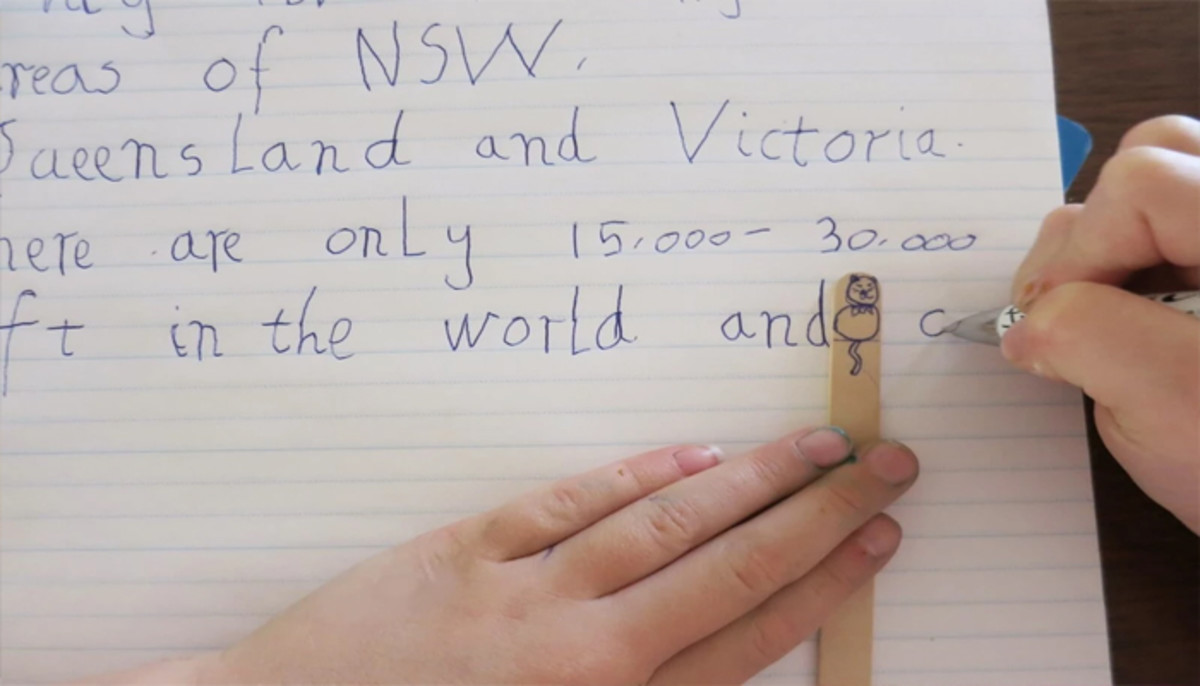How to Read Aloud So Children Will Love Books
Brief Summary of the Video
How can you teach children to love reading—even those kids who hate to read? This video explains how reading books aloud to kids, including teenagers, can teach them to be better readers and to appreciate and enjoy the richness of the written word. Specific tips and techniques are included.

Video Outline: Including Time References for Easy Navigation
In the interests of making this video as user-friendly as possible, below is an outline of the material included on the video with timings marked so you can easily go directly to what you want to see or return to segments you would like to see again.
I have also made a printer-friendly copy available here through google docs in case you would like to have the notes to reference while reading with your family (mostly because it can be useful to have a copy of the interaction questions handy).
I hope you find it useful, and thank you so very much for spending a bit of your time with me here today:
Other Parenting Hubs by wayseeker:
- Parenting Advice: The Value of a Bedtime Routine
This article provides advice for new parents on why establishing a bedtime routine is valuable for infants and how this can be done including links to research and other sources of valuable information. - Parenting Advice: Raising Children by Building Relat...
As both a parent and a middle-school teacher, I have noticed one factor that is key in raising kids with solid social and emotional strength: strong relationships between parent and child. This article provides a simple, yet challenging, way to think
Introduction
- Opening—0:00
- Welcome—0:30
- Why reading matters & why so many kids hate it—1:05
- How do we get children excited about reading?—2:17
- Why reading aloud is so powerful—3:16
Step 1: Prosody
- Prosody defined—4:11
- The monotone voice of death—4:34
- How does prosody work?—5:41
- Why reading aloud with prosody helps—6:11
Step 2: How to Read Aloud with Voice
- The purpose of voice in reading aloud—6:38
- Creating voices with changes in pitch, speed and articulation—7:29
- Creating voices by using accents—8:53
- Using sound effects—9:50
Step 3: How to Talk About Books
- The importance of interaction—10:20
- Summarizing: What has happened so far? —10:35
- Predicting: What do you think will happen next? —10:47
- Character Motivations: Why do the characters do what they do? —10:55
- Ethics: Are the characters’ actions right or wrong? —11:07
A Read Aloud Model:
- An excerpt from “Rikki-Tikki-Tavi” by Rudyard Kipling—11:31
Conclusion
- Closing Comments—13:40
A Note on Reading Research
The research on the value and importance of reading to life success has, particularly in recent years, grown tremendously. If you simply google “why is reading important,” you will find everything you might want to know very quickly.
That said, here is a link to a particularly thorough, well researched, and comprehensive paper on why reading matters if you would like a place to start with looking into this further:
Research on the Components of a Comprehensive
Reading and Writing Instructional Program
Patricia M. Cunningham, Wake Forest University
James W. Cunningham, University of North Carolina at Chapel Hill
Richard L. Allington, University of Florida









